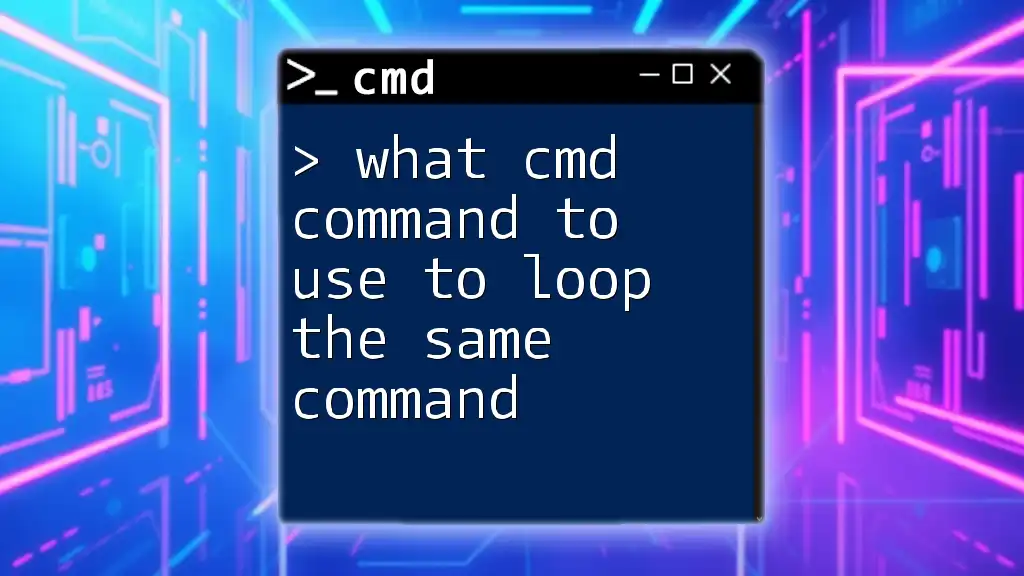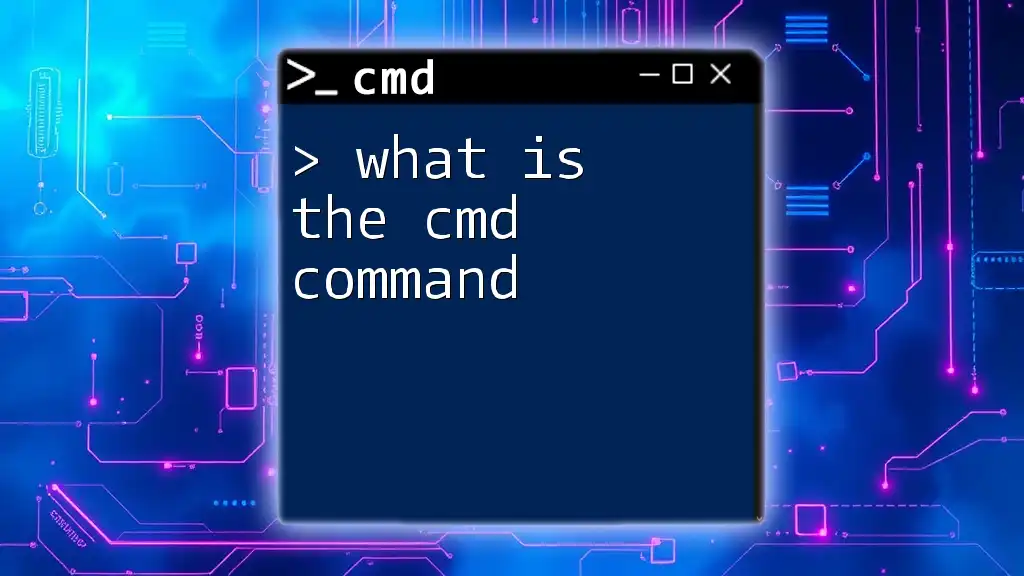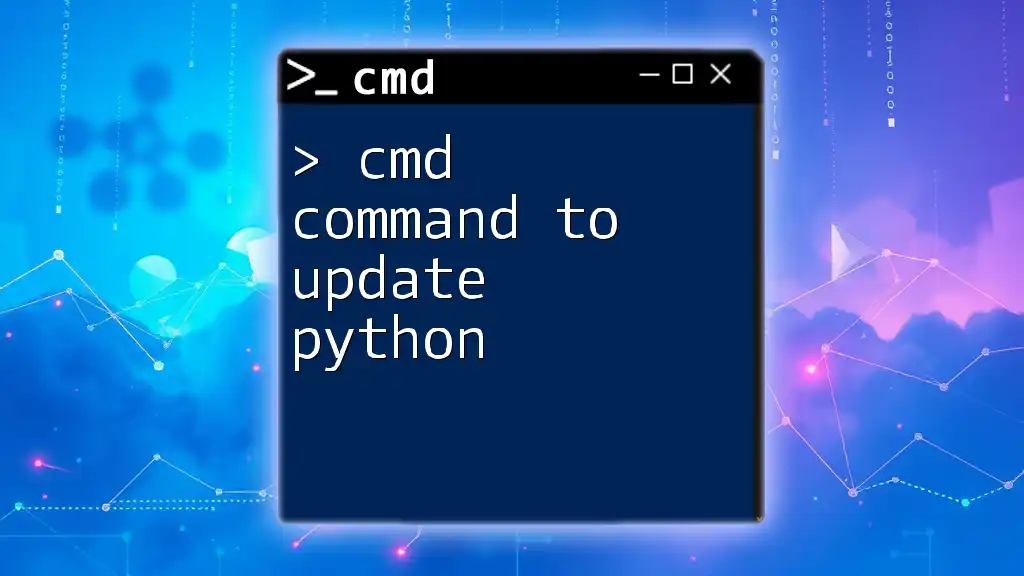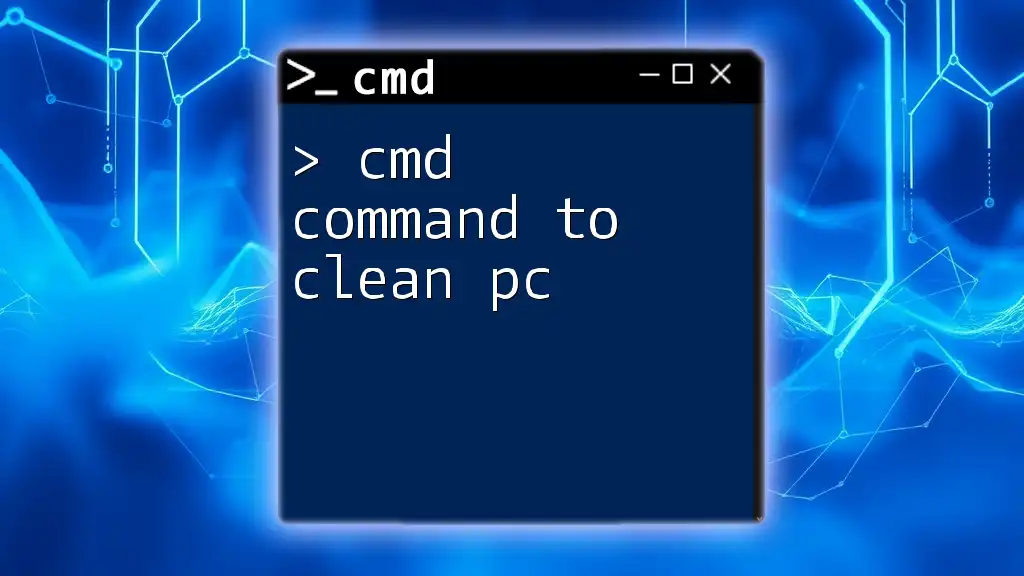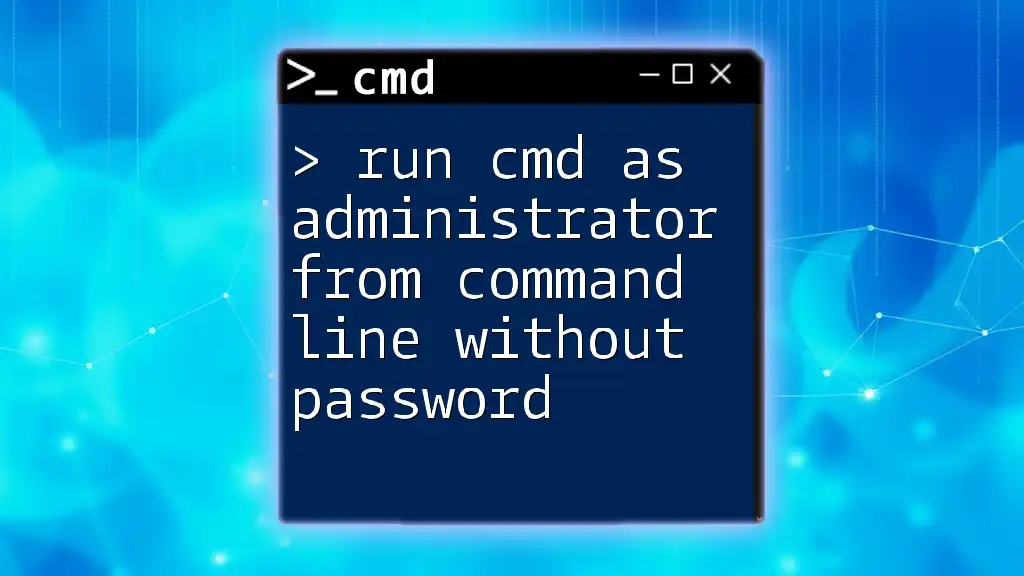To loop the same command in CMD, use the `FOR` command in a batch file with the following syntax:
FOR /L %i IN (1,1,5) DO echo This is loop number %i
Understanding CMD Commands
What is a CMD Command?
CMD commands, or Command Prompt commands, are a set of instructions that users can execute in the Windows Command Prompt. They enable users to perform a variety of tasks, from file manipulation and system management to network diagnostics and program execution. Having a strong grasp of these commands can significantly streamline your workflow and increase productivity.
The Need for Loops in CMD
Loops are important in CMD for automating repetitive tasks and simplifying processes by executing a command multiple times without requiring manual input each time. For instance, if you need to execute a command several times or print a range of numbers, using loops can save time and reduce errors. Understanding how to efficiently use loops enhances your command-line skills and allows you to craft more complex scripts.
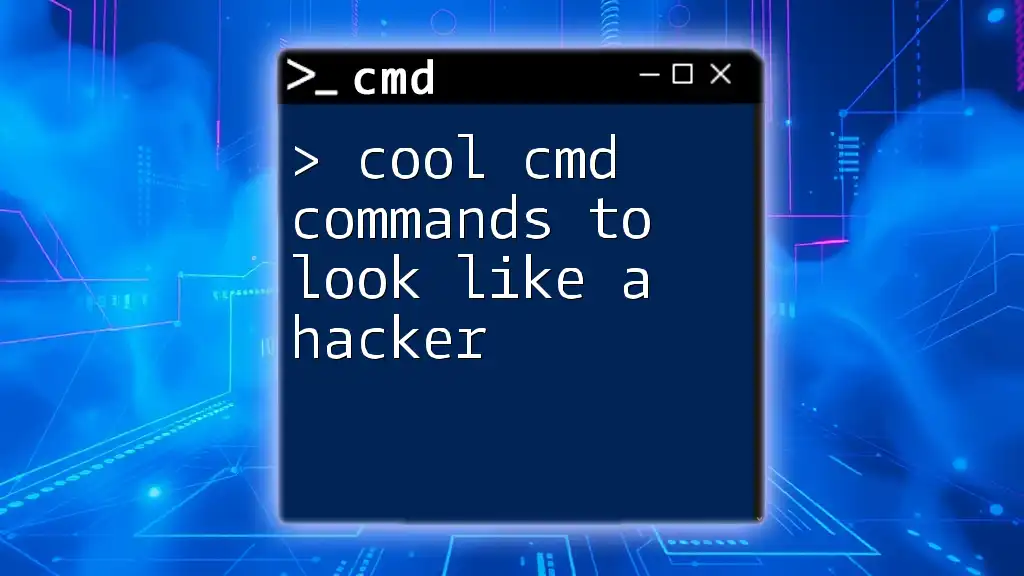
Types of Looping Commands in CMD
The FOR Command
The FOR command is one of the most versatile looping commands available in CMD. It allows users to iterate over items in a list, execute commands for each item, or loop through a range of numbers.
Syntax Breakdown: FOR /L
The basic syntax for the FOR command using a loop is as follows:
FOR /L %variable IN (start, step, end) DO command
- %variable: A placeholder for each variable value during each iteration.
- start: The beginning value of the loop.
- step: The increment between iterations.
- end: The value at which the loop stops.
Example 1: Looping Numbers
FOR /L %i IN (1, 1, 5) DO echo Number %i
This command outputs numbers 1 to 5, with each iteration incrementing `%i` by 1. Each iteration echoes the current number to the Command Prompt.
The CALL Command with Batch Files
The CALL command can be utilized alongside batch files to create loops, which is particularly useful when executing complex scripts that require multiple commands.
Example 2: Creating a Simple Loop in a Batch File
@echo off
setlocal enabledelayedexpansion
set i=1
:start
echo Loop number !i!
set /a i+=1
if !i! LEQ 5 goto start
In this script, the loop starts by initializing `i` to 1 and continues to execute until `i` is greater than 5, displaying the current loop number. The `setlocal enabledelayedexpansion` allows the use of `!` to update the variable within the loop, showcasing a basic, functional loop in action.
The GOTO Command for Custom Loops
The GOTO command offers a means to jump to specific labels in your scripts, allowing for customized loops that can repeat sections of commands effectively.
Example 3: Basic Looping with GOTO
@echo off
set i=0
:loop
echo Looping %i%
set /a i+=1
if %i% LSS 5 goto loop
This example demonstrates how the command loops over a label named `:loop`, outputting the current count of `i` and incrementing it until it reaches 5. GOTO commands allow for a more tailored approach to looping.
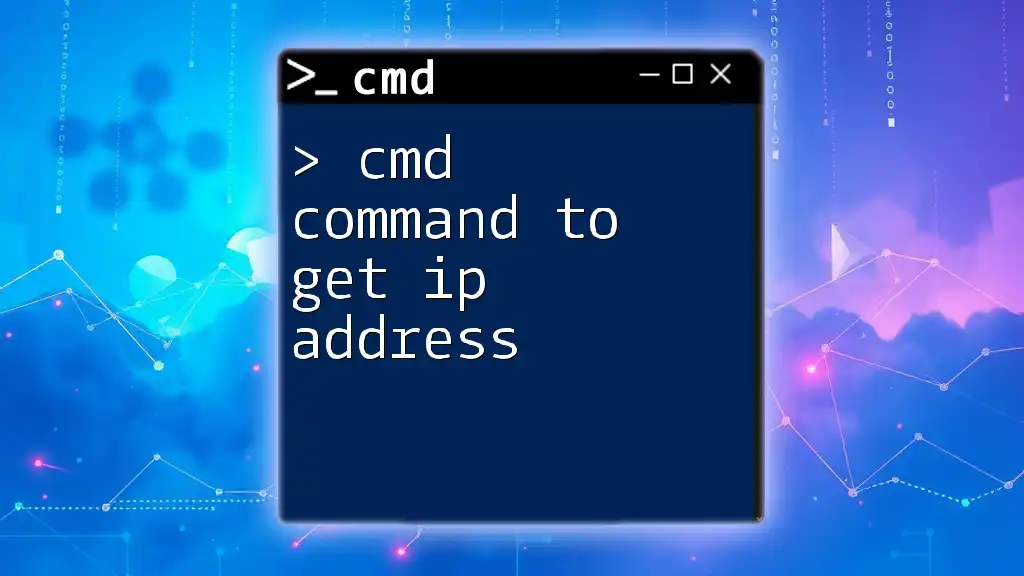
Nested Loops in CMD
What are Nested Loops?
Nested loops are loops within loops, allowing for multidimensional data processing. They are particularly useful for tasks that require iterating through multiple lists or ranges simultaneously.
Implementing Nested Loops in CMD
A nested FOR loop can be implemented as follows:
FOR /L %i IN (1, 1, 3) DO (
FOR /L %j IN (1, 1, 2) DO (
echo Outer Loop %i, Inner Loop %j
)
)
In this example, the outer loop iterates 3 times, while the inner loop runs 2 times for each iteration of the outer loop. This results in 6 total outputs: a combination of outer and inner loop variables, demonstrating how nested loops can handle intricate tasks effectively.
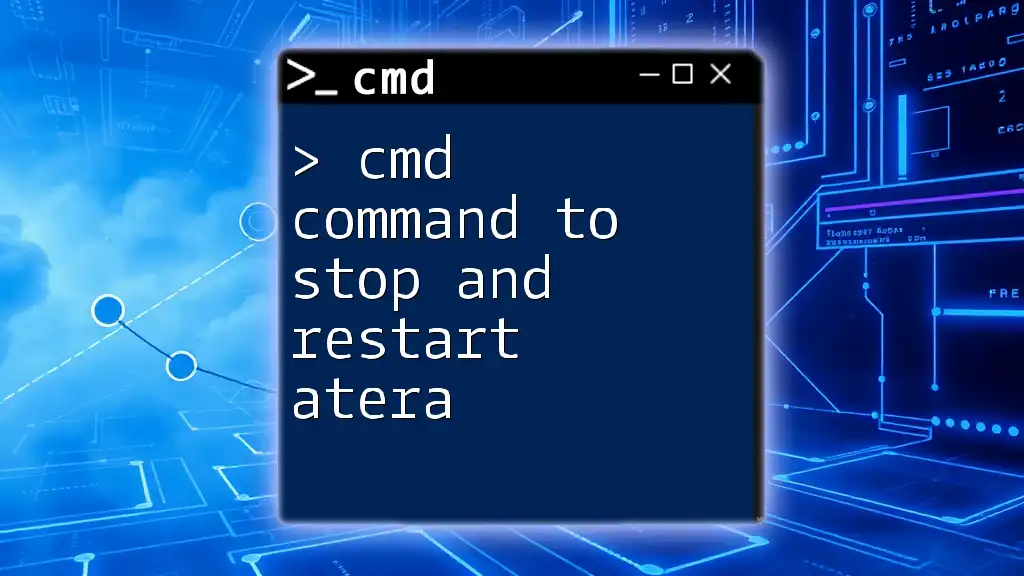
Advanced Looping Techniques
Using Variables in Loops
Variables can enhance looping capabilities in CMD by allowing dynamic responses within loops. Here is how you can utilize CMD variables within loops:
SET count=0
FOR /L %i IN (1,1,3) DO (
SET /A count+=1
echo Count is !count!
)
As the loop iterates, it increments the `count` variable and displays its current value. The `!` notation for variable expansion requires `setlocal enabledelayedexpansion` to reflect updated variables inside the loop, offering real-time updates to the displayed count.
Conditional Looping Logic
Incorporating conditional statements with loops can create more sophisticated scripts. For example:
SET /A count=0
:loop
SET /A count+=1
IF %count% LSS 5 (
echo Current Count: %count%
GOTO loop
)
In this script, the loop continues until `count` reaches 5. The `IF` conditional checks the value of `count` on each iteration, creating a controlled exit point instead of relying solely on a predefined range. This conditional logic can be crucial for more complex scripting situations.
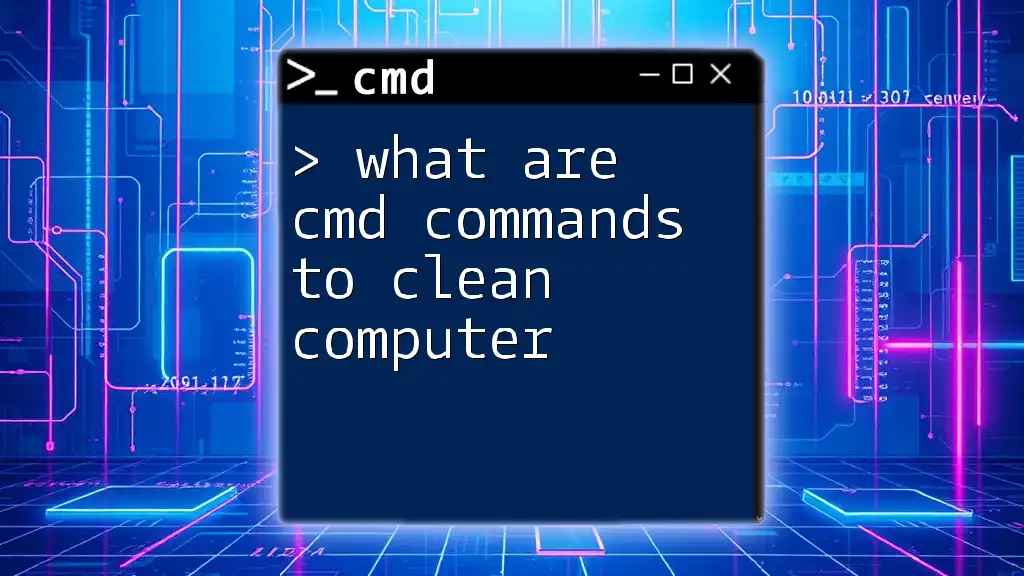
Common Pitfalls to Avoid
Errors in Loop Syntax
One of the most common mistakes beginners encounter is syntax errors while writing command loops. These can lead to unexpected behavior or script failures. Always ensure that your commands are well-formed and noted, as even a minor typo can disrupt the entire loop.
Performance Issues with Loops
As with any programming construct, looping can lead to performance issues if not managed properly. Avoid excessive looping, especially with large datasets, as this can slow down your system. The use of efficient looping methods and conditions can help minimize performance-related problems.
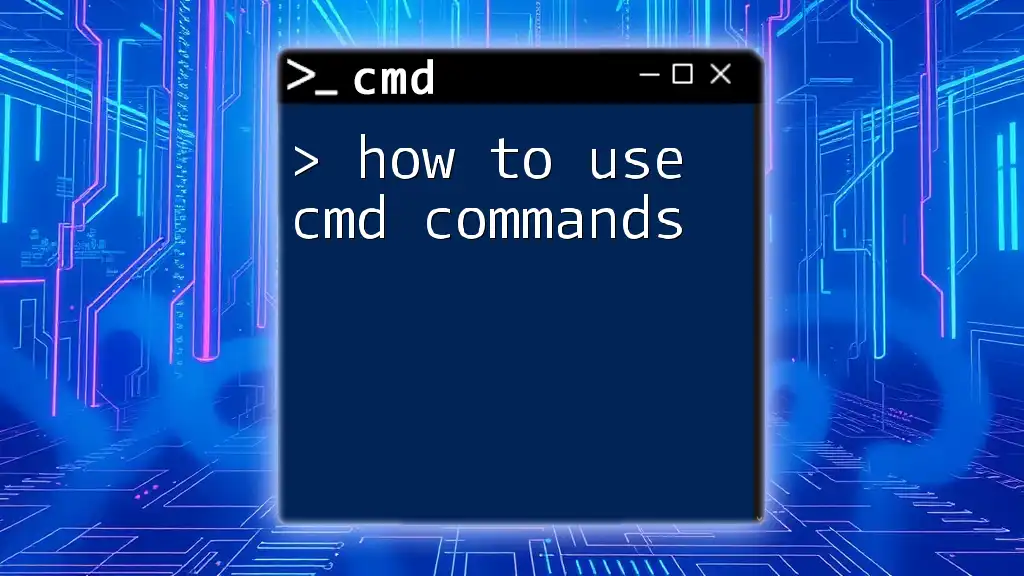
Conclusion
Loops are a powerful feature in CMD that can optimize productivity and streamline repetitive tasks. By mastering commands like FOR, CALL, and GOTO, along with implementing nested loops and conditional logic, you can enhance your command-line skills significantly. Experimenting with these commands will allow you to uncover their true potential in automating processes and crafting robust scripts in CMD.
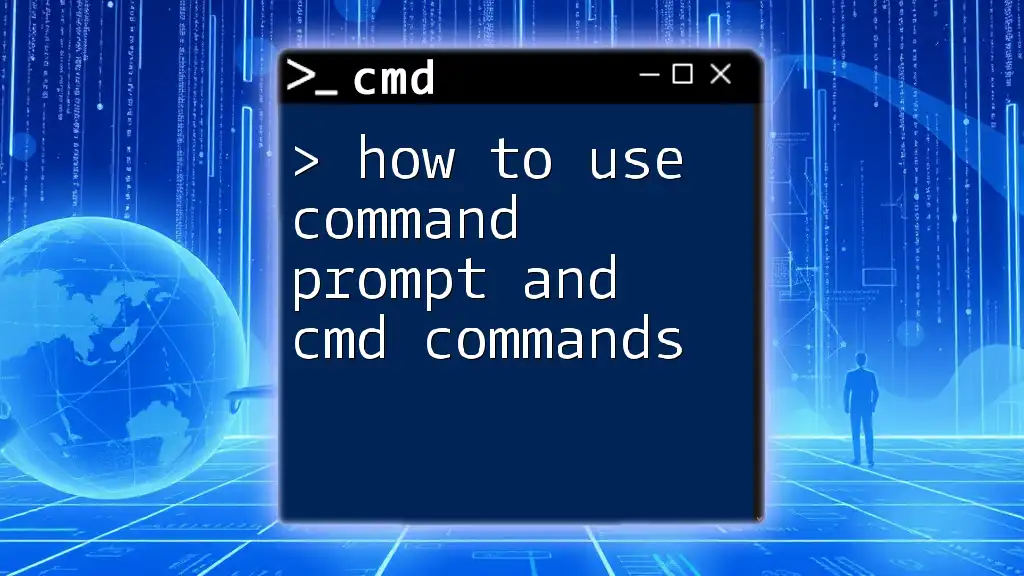
Additional Resources
To further explore CMD commands, consider referring to official documentation and online resources that provide in-depth tutorials and examples. These resources can equip you with the knowledge and tools needed to master CMD command loops and beyond.

